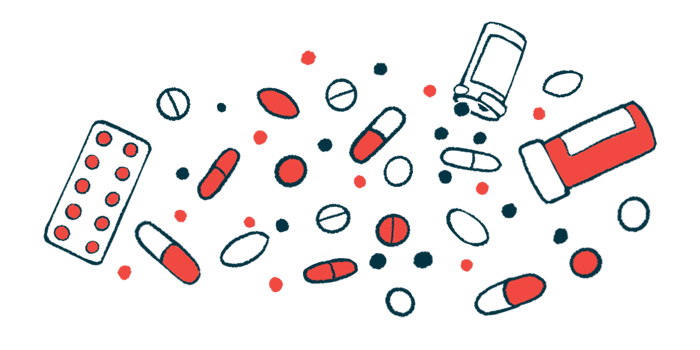RDEB Children Need Supplements to Right Vitamin D Levels: UK Study

Vitamin D supplements are necessary to increase and normalize the vitamin’s levels in the blood of children with recessive dystrophic epidermolysis bullosa (RDEB), according to a single center study in the U.K.
Also, the dose should increase with age and can be three times higher than that recommended for healthy children.
The study, “Establishing an appropriate level of Vitamin D supplementation in paediatric patients with Recessive Dystrophic Epidermolysis Bullosa,” was published in Clinical and Experimental Dermatology.
RDEB is caused by mutations in the COL7A1 gene, which contains the instructions to make a part of a protein called type VII collagen, a key component of anchoring fibrils, which are large structural elements that hold the skin together.
Children with RDEB develop chronic wounds that are susceptible to infections, due to their deficiency in type VII collagen protein. Applying dressings to the skin is a common strategy to protect wounds and promote healing.
However, having large parts of the skin covered with dressings puts children with RDEB at higher risk of vitamin D deficiency, since most vitamin D in the body is generated by skin exposure to sunlight.
All children and young people living in the U.K. are advised to get a daily vitamin D supplement. However, the optimal level remains a matter of debate. The vitamin D status of RDEB children is also largely unreported, including what they require.
Researchers at the Great Ormond Street Hospital, London, analyzed data from children with RDEB followed at their EB center from 2012–2018. They analyzed the children’s medical and dietary records, including the levels of 25-hydroxyvitamin D (25(OH)D) — a standard way of measuring vitamin D in the body — and any vitamin D supplements. They also evaluated the patients’ bone mineral density (BMD) z-scores, which indicate bone density relative to the average values for a person of the same age and sex, when they were available.
Vitamin D deficiency was defined when 25(OH)D levels in the blood were below 30 nanomoles per liter (nmol/L). Insufficiency was defined by 25(OH)D levels between 30–50 nmol/L and sufficiency when values were higher.
In total, the analysis included 24 children with RDEB (10 boys), of whom 20 had severe disease. Almost all (21 children) were prescribed, or advised to buy, a supplement containing vitamin D3.
Thirteen children (54%) were deficient or insufficient. Nine (69%) took supplements, which resulted in an increase to sufficient levels until their next blood sample collection (three months to two years).
The remaining four children (31%) had persistent insufficient levels. They failed to take their supplements regularly, due to it either tasting bad, or forgetting to buy or take them.
Children younger than 2 who were fed with formula or took supplements that provided more than 2 micrograms per day (mcg/day) showed vitamin D sufficiency.
Those aged 3 to 5 reached sufficient 25(OH)D when taking supplements within the range of 3 to 7 mcg/day. Children aged 5 to 7 required at least 8 mcg (range 3 to 14 mcg) to maintain sufficient 25(OH)D levels.
Older children and adolescents (ages 9 to 18) required on average 18 mcg/day of vitamin D supplements (range 6.3–29 mcg) to maintain sufficient levels. The reference value for supplementation in the general population is 10 mcg/day.
Six of the 24 children had BMD z-scores lower than expected for their age.
The study suggests that “all patients with RDEB require a supplement or formula/sip feed containing vitamin D to maintain sufficient serum [blood] vitamin D,” the researchers wrote. “The dose required increases with age and can be three times higher than the recommended nutrient intakes (RNI) for the normal population.”
To improve compliance with supplementation, the team suggested once-weekly dosing.







